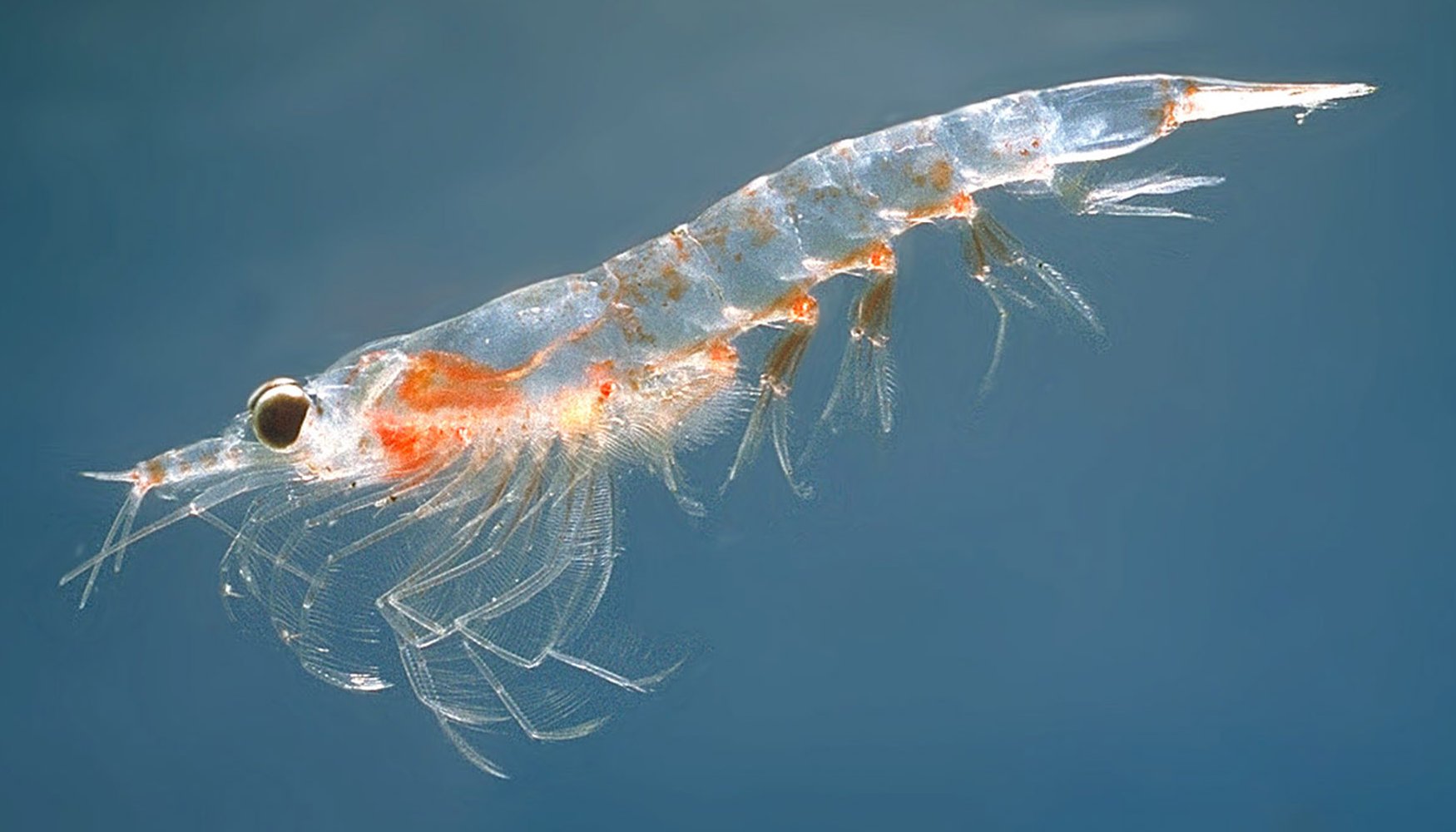 Image of a fin whale by Aqqa Rosing-Asvid via Wikimedia Commons
Image of a fin whale by Aqqa Rosing-Asvid via Wikimedia Commons
Fin whales have big mouths, really big mouths. When your meals consist of tiny krill, it is understandable why you would evolve the ability to stretch your mouth super-wide.
 Fin whale dinner. Image by Øystein Paulsen via Wikimedia Commons.
Fin whale dinner. Image by Øystein Paulsen via Wikimedia Commons.
With each meal comes a lot of water, which expands a pouch in the bottom of their mouths. As the pouch expands, all of the tissues in the pouch expand as well including blood vessels and nerves. Stretchy nerves caught the interest of of Dr. Margo Lillie who published a recent study in Current Biology examining just how the nerves tolerate stretching without becoming injured. What they discovered is that the nerves are wavy when they are not stretched. This gives them enough slack to tolerate being stretched out. Within each nerve core the nerve fibers themselves are also curvy, offering two layers of protection. The researchers suspect that the fist layer is what helps the nerve stretch during feedings whereas the second inner layer helps the nerves recoil.
Human nerves are not able to stretch very well and can be easily damaged. Thus this research provides new insights into variations in nerve development and protective adaptations.
Source:
Lillie MA, Vogl AW, Gil KN, Gosline JM, Shadwick RE. Two Levels of Waviness Are Necessary to Package the Highly Extensible Nerves in Rorqual Whales. Two levels of waviness are necessary to package the highly extensible nerves in rorqual whales. Current Biology. 2017 (In press). 10.1016/j.cub.2017.01.007
- Log in to post comments



As humans we always think about nerves as being so fragile so when I first read this I was surprised to hear about the "stretchy nerves". It is so cool that the two layers help the whale extend and then recoil its mouth in order to eat. Here is an interesting article that claims that nerves can stretch to two times their normal size!
http://www.iflscience.com/plants-and-animals/whales-have-elastic-nerves/